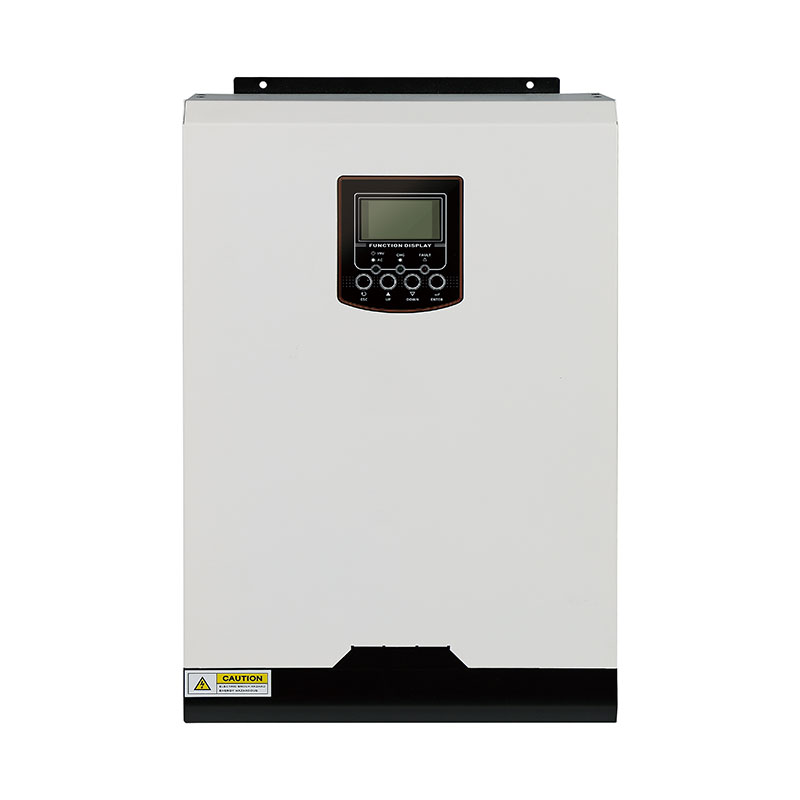Functionalities of Pure Sine Wave Hybrid Solar Inverter
2024-04-02
A pure sine wave hybrid solar inverter is an advanced type of power conversion device used in hybrid solar energy systems. It integrates multiple functions into a single unit, including solar PV (photovoltaic) generation, battery storage, grid connectivity, and power conversion. Here's an overview of its features and functionalities:
1. Pure Sine Wave Output: A pure sine wave hybrid solar inverter generates AC (alternating current) electricity with a pure sine wave output. This ensures that the electricity produced by the inverter is of high quality, with low harmonic distortion, making it compatible with sensitive electronic devices and appliances.
2. Hybrid Functionality: The hybrid solar inverter is designed to work with both solar panels and battery storage systems. It allows homeowners to maximize their energy independence and self-consumption by seamlessly integrating solar power, battery power, and grid power based on energy availability and user preferences.
3. Solar PV Integration: The inverter includes built-in maximum power point tracking (MPPT) controllers to optimize the performance of solar panels. MPPT technology ensures that the solar panels operate at their maximum power output under varying environmental conditions, maximizing energy harvest.
4. Battery Storage Integration: The hybrid solar inverter features built-in battery chargers and energy management systems to facilitate the integration of battery storage. It can charge batteries using excess solar energy or grid power and discharge stored energy when needed, such as during periods of low solar generation or grid outages.
5. Grid-Tie Capability: The inverter can be connected to the utility grid to enable net metering or feed-in tariffs. It can feed excess solar power back into the grid when generation exceeds demand and draw power from the grid when solar generation is insufficient.
6. Off-Grid Operation: In addition to grid-tie capability, the hybrid solar inverter can operate in off-grid mode, providing power to critical loads or entire households independently of the utility grid. This is useful in remote areas where grid connection is unavailable or unreliable.
7. Monitoring and Control: Advanced hybrid solar inverters come with monitoring and control features that allow users to remotely monitor system performance, adjust settings, and receive alerts or notifications through smartphone apps or web-based platforms.
8. Scalability: Hybrid solar inverters are designed to be scalable, allowing homeowners to expand their solar energy systems by adding more solar panels or batteries as needed. This scalability enables users to adapt their systems to changing energy requirements over time.
In summary, a pure sine wave hybrid solar inverter offers a comprehensive solution for maximizing the efficiency, reliability, and flexibility of solar energy systems. Its integration of MPPT technology, hybrid functionality, grid-tie capability, battery storage integration, and advanced energy management features makes it a versatile and reliable choice for residential and commercial applications.



